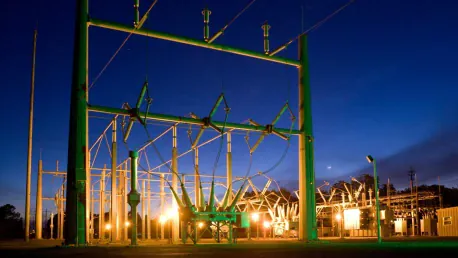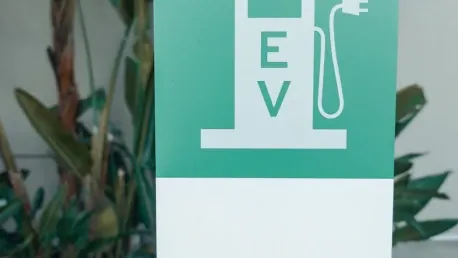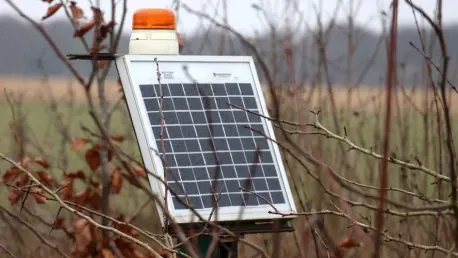
Recent advancements in technology have highlighted the significant untapped potential of the U.S. power grid. Despite substantial investments in infrastructure, congestion costs continue to escalate, signaling a pressing need for innovative solutions. Among these solutions are software-driven

Smart grids represent a revolutionary step forward in electricity distribution, integrating digital technologies to offer real-time data collection and advanced functionalities that traditional grids could never achieve. The advent of renewable energy sources has necessitated the evolution of grid

Lion Electric, a prominent Canadian electric bus manufacturer, has recently initiated bankruptcy proceedings, casting a shadow on the Biden administration's ambitious climate agenda. With nearly $160 million awarded to the company as part of the administration's $5 billion Clean School Bus program,

Recent federal investments have brought electric vehicles (EVs) and sustainable infrastructure to the forefront of Michigan's industrial and economic landscape. These investments, drawn from the Bipartisan Infrastructure Law and the Inflation Reduction Act, promise to transform the state’s future

Kazakhstan has experienced a significant surge in the adoption of electric vehicles (EVs), reflecting a global trend towards cleaner and more sustainable transportation. However, this rapid growth has sparked concerns about whether the country's existing infrastructure can support the increasing

Christopher Hailstone has extensive experience with energy management, renewable energy, and electricity delivery. He is also our Utilities expert and provides valuable insights on grid reliability and security. When did you first become interested in the field of solar fuels? Was there a specific